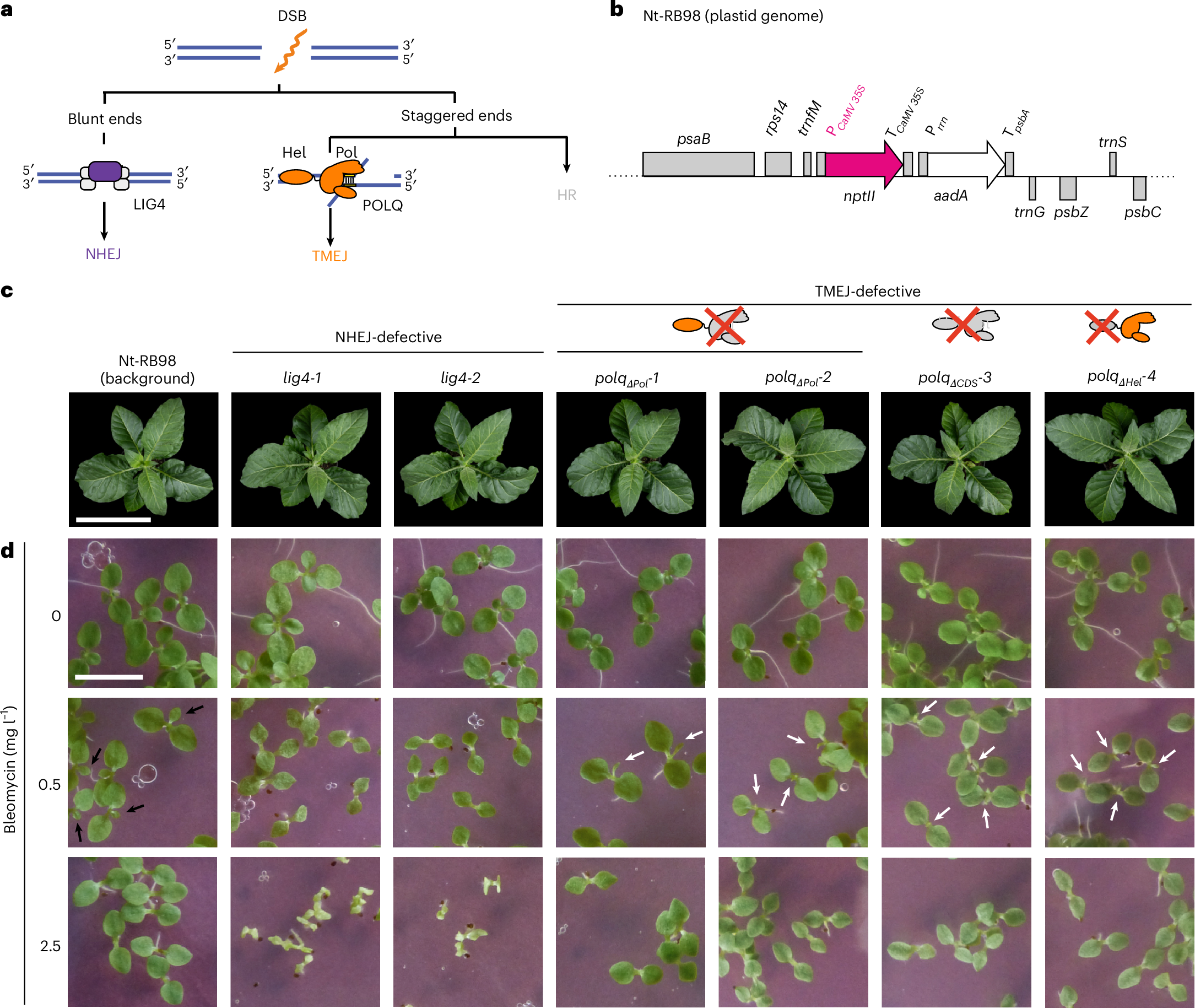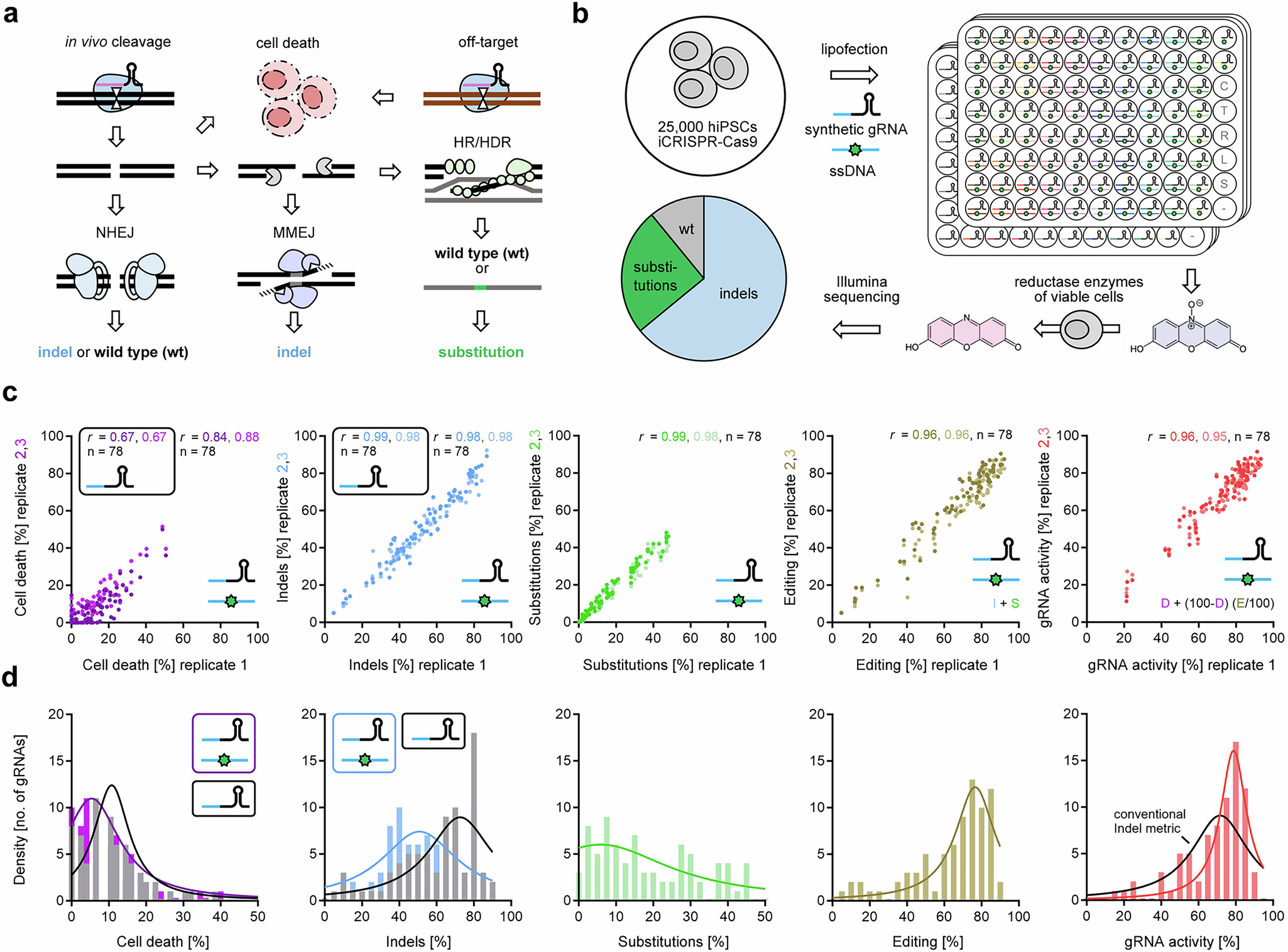2025-05-26 マックス・プランク研究所
<関連情報>
- https://www.mpg.de/24784106/rapid-dna-repair-keeps-genome-stable
- https://www.nature.com/articles/s41477-025-02005-w
DNA二本鎖切断修復によるプラスチドから核への遺伝子導入の抑制 Suppression of plastid-to-nucleus gene transfer by DNA double-strand break repair
Enrique Gonzalez-Duran,Xenia Kroop,Anne Schadach & Ralph Bock
Nature Plants Published:16 May 2025
DOI:https://doi.org/10.1038/s41477-025-02005-w

Abstract
Plant nuclear genomes contain thousands of genes of mitochondrial and plastid origin as the result of endosymbiotic gene transfer (EGT). EGT is a still-ongoing process, but the molecular mechanisms determining its frequency remain largely unknown. Here we demonstrate that nuclear double-strand break (DSB) repair is a strong suppressor of EGT. Through large-scale genetic screens in tobacco plants, we found that EGT from plastids to the nucleus occurs more frequently in somatic cells when individual DSB repair pathways are inactive. This effect is explained by the expected increase in the number and residence time of DSBs available as integration sites for organellar DNA. We also show that impaired DSB repair causes EGT to increase 5- to 20-fold in the male gametophyte. Together, our data (1) uncover DSB levels as a key determinant of EGT frequency, (2) reveal the strong mutagenic potential of organellar DNA and (3) suggest that changes in DNA repair capacity can impact EGT across evolutionary timescales.


